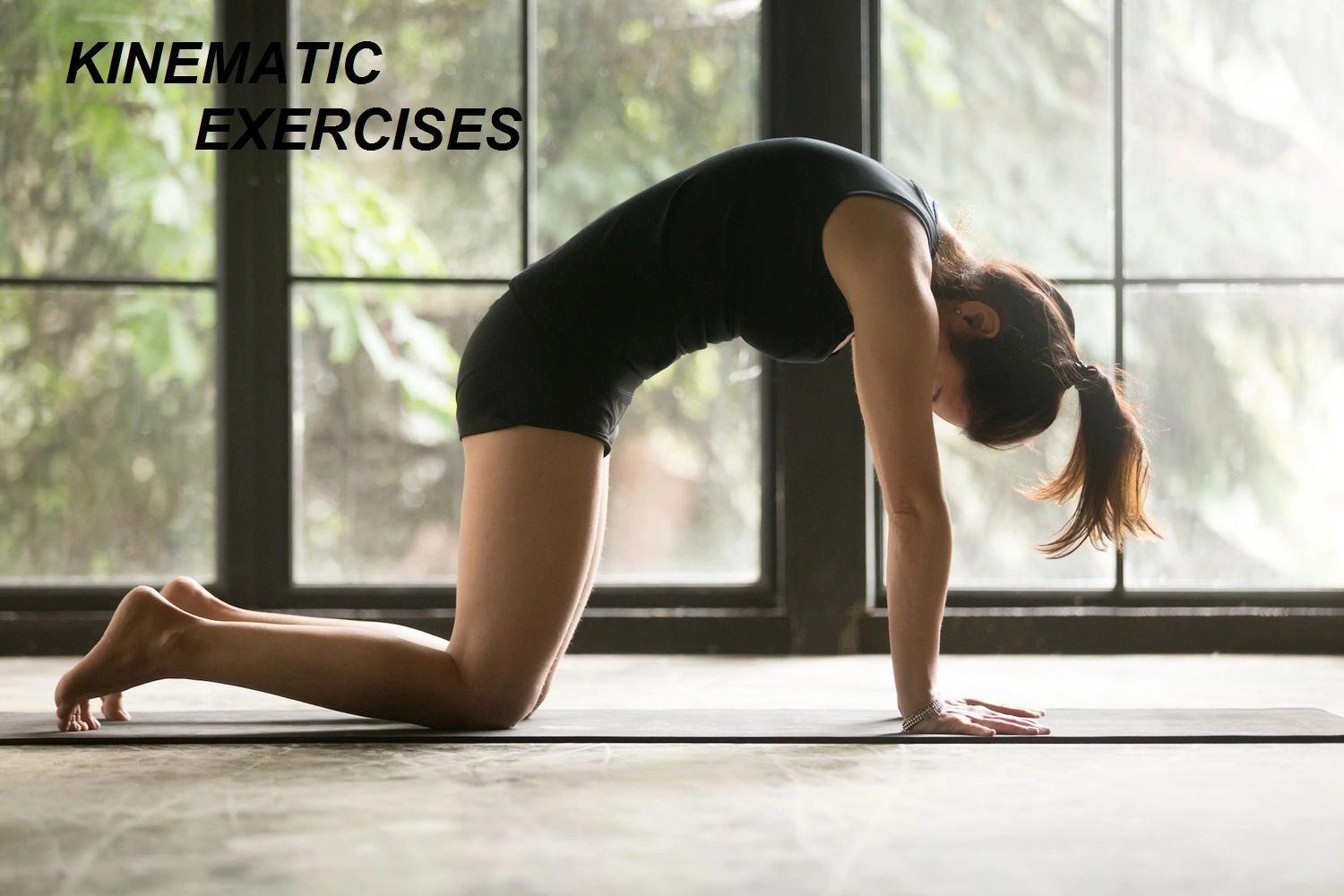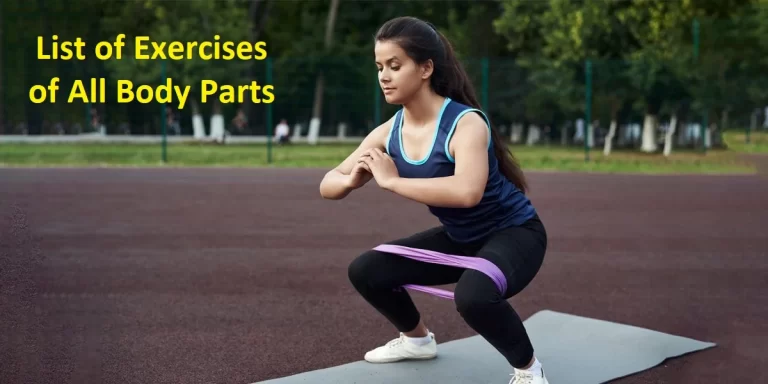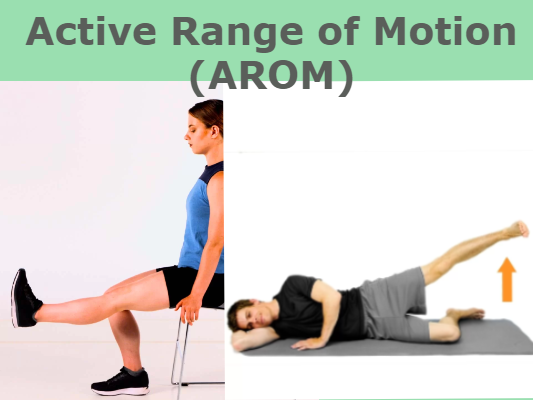Kinetic Chain Exercise
Table of Contents
What is a Kinetic Chain Exercise?
Kinetic chain exercises are a fundamental component of many physical fitness and rehabilitation programs. They are designed to address the interconnected nature of the human musculoskeletal system, emphasizing the idea that various joints and muscles work together to produce movement and stability. Understanding the kinetic chain concept is crucial for optimizing athletic performance, preventing injuries, and improving overall functional fitness.
The human body operates as a complex, integrated system, where movement at one joint or muscle group can impact the entire kinetic chain. Whether you’re an athlete striving for peak performance, a fitness enthusiast looking to enhance strength and mobility, or someone recovering from an injury, kinetic chain exercises can offer numerous benefits.
In this series, we will explore the principles and benefits of kinetic chain exercises, delve into different exercises that target specific kinetic chains, and discuss how to incorporate them into your fitness routine. Whether you’re looking to improve your athletic performance, recover from an injury, or simply enhance your overall physical well-being, understanding and incorporating kinetic chain exercises can help you reach your goals. So, let’s dive into the world of kinetic chain exercises and unlock the potential of your body’s interconnected movement system.
What do Kinetic Motions mean?
A particular kind of physical exercise called a kinetic chain focuses on synchronized motions involving a number of joints and muscle groups. The idea of the kinetic chain acknowledges how the body works as a linked system and how activity in one area of the body can have an impact on other areas.
Strength, stability, coordination, and all-around functional movement patterns are improved by these workouts. Kinetic chain exercises can boost sports performance, reduce injuries, and improve general physical fitness since they work numerous joints and muscle groups at once.
Kinematics is the study of motion without taking driving forces into account. Translational, rotational, and normal motion worlds are the three different categories.
- A body or item is said to be in translational motion when it moves in a straight path. as while straight ascending and flying through the air.
- A body or item is said to be in translational motion when it moves in a straight path. as while straight ascending and flying through the air.
- A body or object in normal motion moves in both translation and rotation. The leg rotates and runs while the body advances (translation).
- Two varieties of kinematic chain exercises exist two kinematic chains: an open chain and a closed chain.
Open vs Closed Kinetic chain exercise
- Closed kinetic chain: In exercises or movements referred to as closed kinetic chain (CKC) exercises or closed chain movements, the distal ends of the limbs are fastened to a stationary object.
- Open kinetic chain (OKC) exercise: An OKC exercise is one in which the portion of the body that is furthest from the body—such as the foot—is free and unattached.
| Characteristics | Open kinematic chain | Closed kinematic chain |
| Stress pattern | Rotary | Linear |
| Number of joint axes | One primary | Multiple |
| Nature of joint segments | One stationary, the other mobile | Both segments moves simultaneously |
| Number of joint segments | isolated joint motion | Both segments move simultaneously |
| Planes of movements | One(single) | Multiple(triplane) |
| Muscular involvements | Isolation of muscle or muscle groups, minimal muscular co-contraction | Significant muscular co-contraction |
| Movement pattern | Often non-functional movement patterns | Significant functionally oriented movement pattern |
Although the differences between open and closed motions are obvious, the outcomes are somewhat more complicated. Closed-chain workouts frequently involve the complex movements of squats and lunges. These powerful workouts engage many muscles at once. They usually mimic people’s everyday movements and are also useful.
Open kinetic workouts are what solitary exercises are most usually.
Think about a leg curl vs. a closed-arm deadlift. There are very few exceptions, but compared to closed activities, open exercises often only use one joint and fewer muscles. The bench press is an exception to this rule since it engages more than just the back, shoulders, and elbows.
EXAMPLES OF BOTH OKC & CKC:
- OKC: Leg extension, hamstring-curl, biceps-curl
- CKC: Squats, lunges, push-ups
Characteristics of Kinematic Chain Exercise
Position, velocity, and acceleration are only a few of the several characteristics that may be used to define kinematic motions.
These exercises are a sort of workout that demands gradual gentle movement and control. These exercises often focus on stretching and flexibility and may be a fantastic technique to enhance your mobility. Kinematic motions can be defined using numerous parameters including position velocity and acceleration. The purpose of walking exercises is to increase your speed and efficiency while lowering your risk of injury. Movement exercises often emphasize stretching and flexibility and involve careful control of movement.
These mobility-improving exercises may be an excellent warm-up before challenging workouts since they increase your range of motion. The emphasis on steady, controlled movement that walking exercises place on you allows you to concentrate on your technique and attitude while avoiding unexpected movements or stresses that can result in damage.
Another crucial component of walking workouts is the emphasis on flexibility and stretching. By moving slowly and methodically, you may also relax your muscles while getting a solid workout. Numerous movement activities involve stretches that lengthen your muscles and increase your range of motion; these motions can increase your comfort and flexibility without endangering your health as you perform other workouts.
Yoga, pilates, and tai chi are a few examples of movement exercises. These can be performed at home or elsewhere and are typically gentle controlled movements designed to improve your strength flexibility and balance. Many people discover that performing warm-up exercises regularly before exercising can help them feel focused and relaxed and even help them deal with stress and anxiety.
Examples of Kinetic Chain exercises
In general, warming up is a wonderful technique to increase fitness and lower the chance of injury. With mild stretching and focus exercises, you may increase your strength, mobility, and flexibility. You can attempt the following workouts at home:
Cat-Cow Stretch: Start in a four-legged position with your knees behind your hips and your elbows beneath your shoulders for the cat-cow stretch. In the “cow poses,” breathe, reposition your body, and elevate your head and tailbone. Bring your head to your knees while rotating your spine and breathing deeply into your chest (Cat Pose). 10 to 15 times, then.
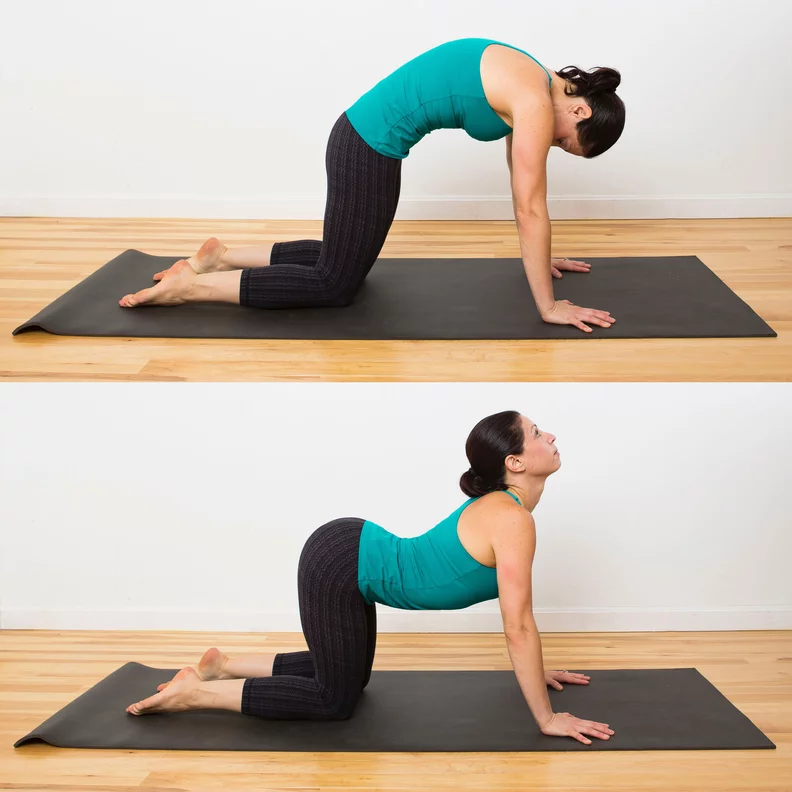
Dog facing down: Starting with your arms parallel to your knees, face the dog. You should now directly tuck your knees under your hips and tuck your elbows under your shoulders. Lower your toes, elevate your hips and back, and straighten your arms and legs to form an inverted “V” shape. fifteen breaths are held.
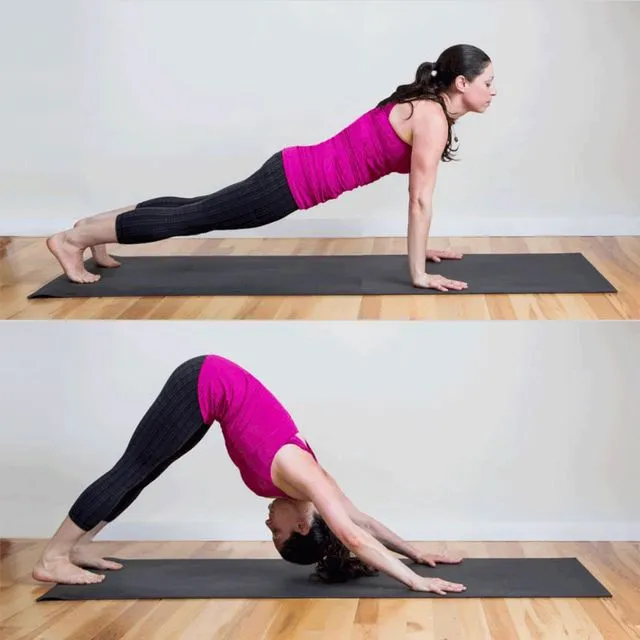
Sit Forward: Place your feet in front of you as you lean forward on the floor. Stretch your spine, move your hips forward, and widen your ankles by taking a deep breath. fifteen breaths are held.
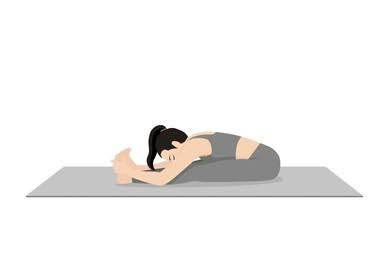
Front Fold: Stand with your feet hip-width apart for the front fold. Breathe out as you lean forward at the waist and lower your arms. Rise and take a nap. Hold for five to ten breaths.
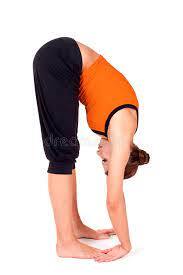
Warrior II: Keep your feet three to four feet apart. Turn your right leg out 90 degrees while bringing your left leg in slightly. As you spread your arms out to the sides, exhale.
After holding for fifteen breaths, switch between the blocks. As you perform each exercise, keep in mind to breathe slowly, manage yourself, and pay attention to your breathing. These exercises can be performed separately or as a part of a sustained workout.
Benefits of Kinematic Chain Exercises
- Increased Flexibility: Mobility exercises will help you become more flexible and mobile, which will make moving about and carrying out everyday tasks simpler.
- Reduce the risk of injury: minimize the chance of injury: Warm-up activities can help minimize the risk of injury during the performance of the activity, which will lessen purity, by enhancing your flexibility, strength, and coordination.
- Better posture: By strengthening the muscles that support your spine and other joints, warm-up activities can aid your posture.
- Reduce Stress: Warm-up activities have a calming and relaxing effect on your body by releasing stress and tension.
- Strengthening: A variety of bodyweight workouts that use resistance can improve your fitness and strength.
- Overall, warming up exercises may be an excellent method to enhance your health and well-being, as well as to inspire you and make you feel good about your daily activities.
Risks of Kinematic Chain Exercises
Speed exercises include some dangers, just like any other kind of training. These dangers might include:
Joint discomfort: Kinematic exercises performed repeatedly can aggravate joint pain, especially if you already have joint issues or aren’t doing the right kind of exercise.
Before beginning a new fitness program, it’s crucial to speak with your doctor or a licensed physiotherapist, especially if you have any health issues or concerns. They can teach you the right form and technique to lower your chance of injury, as well as which workouts are safe and suitable for your particular requirements and objectives.
Disadvantages of Kinetic Chain exercises
Even though kinematic workouts can be quite beneficial, there are some possible drawbacks as well:
- Risk of injury: If an activity is performed improperly or too vigorously, there is a danger of harm.
- Overuse injuries: If you repeatedly perform the same activity without adequate rest and recuperation, you may be placing yourself at risk of injury. For instance, if you overuse it without sufficient rest or stress.
- For Some People Only: People with specific medical issues or injuries may not be able to perform particular running routines. Before beginning a new workout program, it is crucial to consult with your doctor or a licensed chiropractor.
- It could take a while: It can also take a tonne of time, depending on the kind of exercise you select and how long you want to perform it
- While walking activities might help with mobility, strength, and coordination, they might not be the most efficient type of exercise to reach other goals, including weight loss and treating cardiac issues.
- Therefore, with advice on how to do it correctly, walking workouts may be a safe and effective approach to increasing your physical fitness and general health, even though they may have some possible negatives.
Summary
In conclusion, kinetic motion refers to a body’s or object’s movement independent of the force it generates. There are three different categories of motion worlds: general, rotational, and translational. Location and speed are examples of potential attributes. To comprehend how the body moves with control and efficiency, one must have a basic grasp of kinematics.
FAQs
For optimal results, kinematic exercises should be performed at least twice or three times each week. Depending on the person’s health, the average time should be between one and two hours.
Yes, people of various ages and fitness levels may tailor kinematic workouts to match their needs.
Yes, because kinematic workouts entail full-body movement to burn calories and increase metabolism, they can aid in weight reduction.
However, some kinematic workouts may call for the use of resistance bands, kettlebells, or dumbbells. Kinematic exercise may be performed with little to no equipment.
Exercises that involve movement might take anywhere from 20 to 60 minutes, depending on their intensity.
Reference
Kinetic Chain Exercises – Open vs. Closed – Mobile Physiotherapy Clinic. Mobile Physiotherapy Clinic. https://mobilephysiotherapyclinic.in/kinetic-chain-exercises/
Kinetic Chain Exercises. (n.d.). Kinetic Chain Exercises: Open and Closed. https://www.healthline.com/health/4-kinetic-chain-exercises
Kinetic Chain. (n.d.). Physiopedia. https://www.physio-pedia.com/Kinetic_Chain

